The Pipe Cleaning Ball consists of corrosion-resistant neoprene rubber. It comes in two types: hollow and solid. For pipelines with a diameter greater than 100mm, use a hollow ball; for those under 100mm, use a solid ball. The hollow ball’s wall thickness equals one-tenth the gas pipe’s inner diameter. It features an air nozzle and fills with water. In winter, fill the ball with an antifreeze solution like ethylene glycol to prevent freezing. Besides, to ensure a good seal as it travels through the pipeline, the ball’s outer diameter must exceed the pipe’s inner diameter.
Definition of Pipe Cleaning Ball
The pig consists of corrosion-resistant neoprene material and is available in two forms: hollow and solid. For pipes larger than 100mm in diameter, operators use a hollow pig, while pipes less than 100mm in diameter require a solid pig. The wall thickness of the hollow pig equals one-tenth of the gas pipeline’s inner diameter. Operators equip the hollow pig with an air valve and fill it with water for use.
In winter, operators should replace the water in the pig with an antifreeze solution like glycerin to prevent freezing. The pig needs to maintain a certain degree of sealing when running through the pipeline. Thus, its outer diameter must exceed the inner diameter of the gas pipeline. The difference between the pig’s outer diameter and the pipeline’s inner diameter is known as the overhang. When not filled with water, this overhang amounts to 2% of the pipeline’s inner diameter. When filled with water, it ranges from 3% to 5%. This design allows the pig to press tightly against the pipe wall, preventing any gas or liquid leaks.
The primary function of the pig is to clear accumulated liquid from the pipeline and to separate media. However, it performs poorly in removing block-shaped obstructions. It also cannot carry detection instruments in a directed manner, nor serve as a traction tool.
Parameters
| Polly Foam Pig | LCQZ-RTR | 1. Its interior is foamed by polyurethane material. The surface is coated with a polyurethane elastomer coating. | Starting pressure: 0.02 MPa |
| 2. Good flexibility and certain wear resistance. | Density: 35 kg/m³~220 kg/m³ | ||
| 3. The deformation amount can reach 50%. Which is the most widely used foam pig. | Withstand pressure: 7 MPa | ||
| 4. Used for scrubbing, descaling, and fluid isolation of pipes. | Stretch rate: 320% | ||
| Compression ratio: 50 | |||
| Flex life: 50,000 times | |||
| Attrition rate: 2 mm/100 km | |||
| Operating distance: 100 km~300 km | |||
| Crisscross Foam Pig | LCQZ-RTCC | 1. The interior is foamed by polyurethane material. The surface is covered with a prismatic block polyurethane elastomer. | Operating temperature: -30℃~100℃ |
| 2. High surface hardness and large friction coefficient. | |||
| 3. Has high elasticity and toughness. | |||
| 4. Used for pipeline cleaning, cleaning, and cleaning impurities. |
Advantages and Disadvantages
Advantages:
1, high strength, high toughness, high torque.
2, oil resistance, acid, and alkali resistance, aging resistance, high temperature resistance, long service life, etc. It brings great convenience and benefits to the design, construction, production, and maintenance of pipeline engineering.
Disadvantages: The effect of removing solid substances such as wax and rust in the tube is poor, the cost is high, and it is difficult to install testing instruments on the sphere.


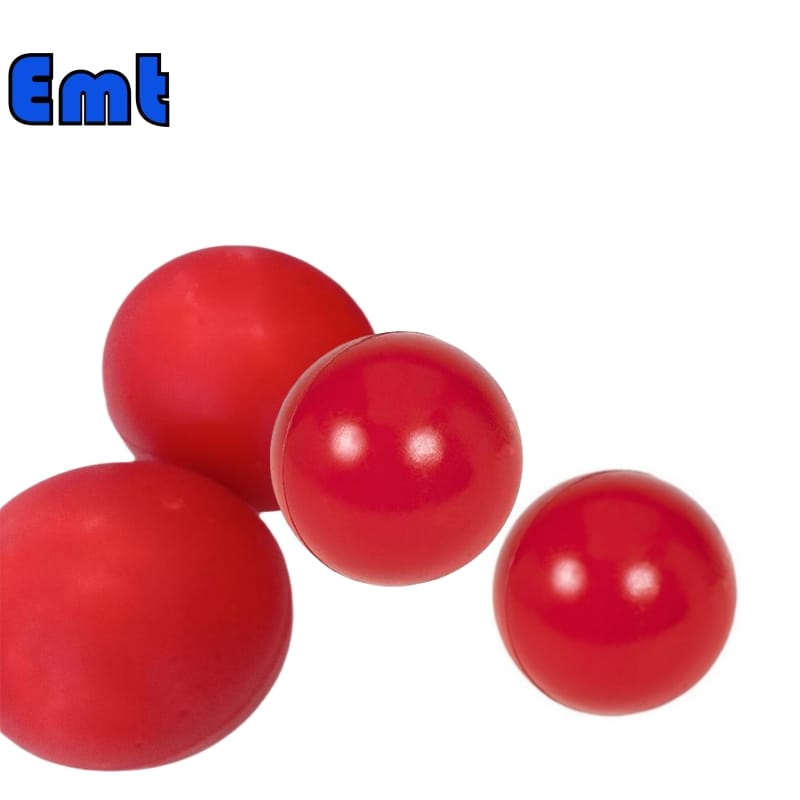

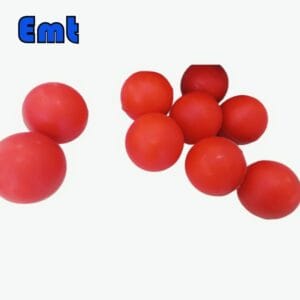
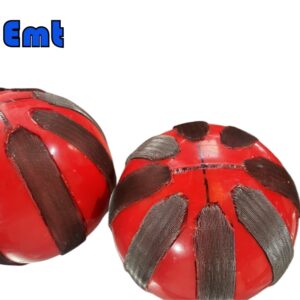
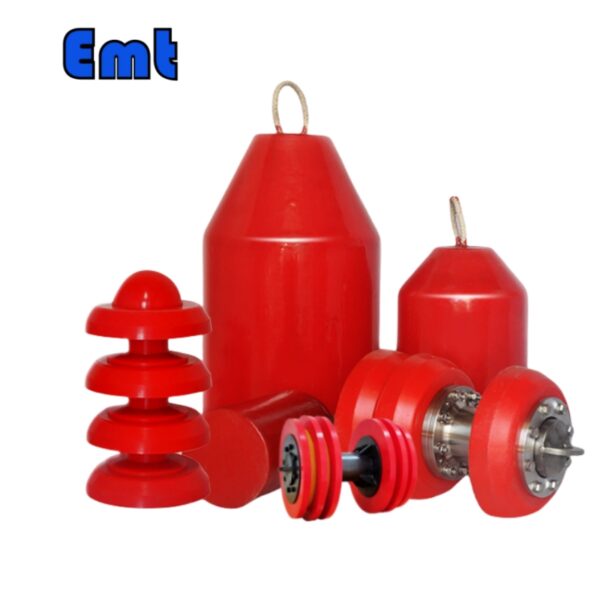
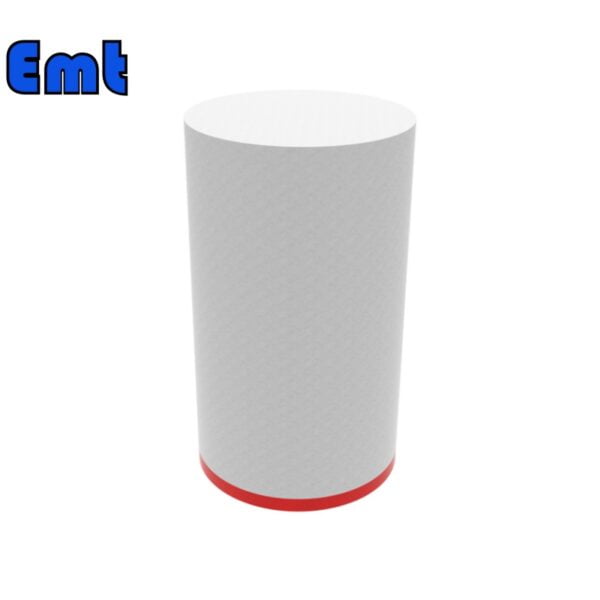
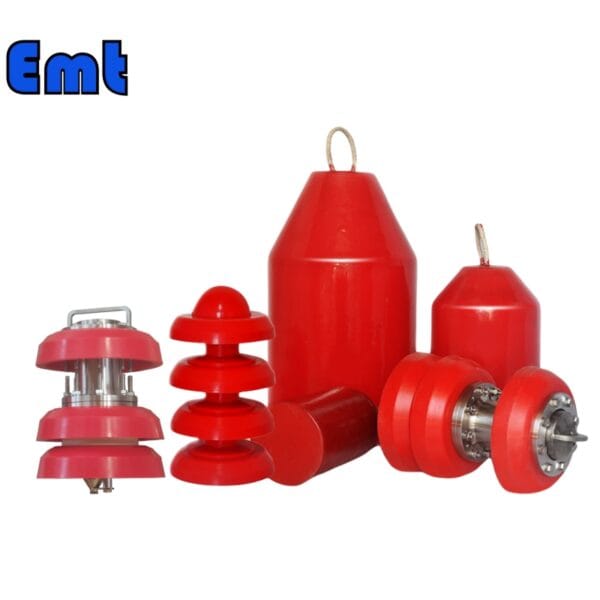
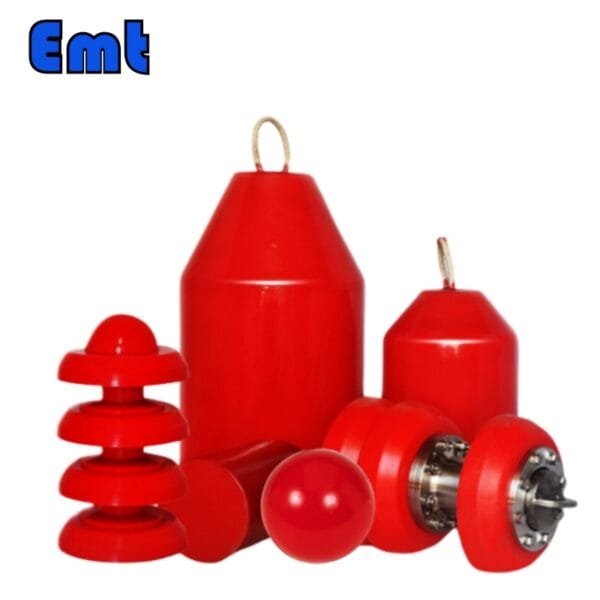
There are no reviews yet.